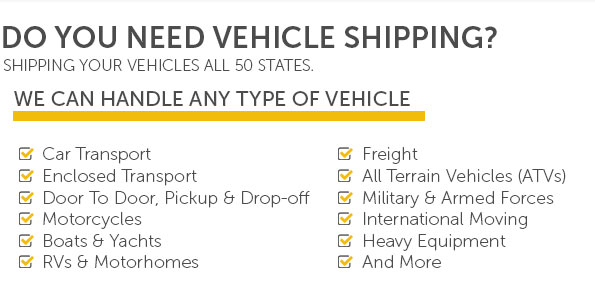 |
 |
|||
 |
 |
 |
 |
 |
 |
 |
 |
 |
 |
 |
 |
|
Unlock the power of precision with our unparalleled moving quotes, where transparency meets efficiency-our moving company estimates aren't just numbers; they're a promise of trust and reliability, meticulously crafted to fit your unique journey, ensuring you know exactly where every dollar goes, so you can focus on the excitement of your next chapter without hidden surprises; embrace the clarity you deserve and step into a stress-free moving experience today.
https://www.thisoldhouse.com/moving/moving-cost-calculator
Long-distance movers calculate costs differently than their local counterparts. When you request a moving quote from a long-distance mover, you'll receive a ... https://twomenandatruck.com/starting-a-moving-quote
There are three quick, easy steps required from you to get a free moving quote: - 1. Step 1. Fill out our online moving form. The more information you're able to ... https://www.movebuddha.com/moving-cost-calculator/
A: On average, it costs $900 to $1,500 to have a moving company pack you. Packing costs are calculated based on the size of the move. For example, full packing ...
|